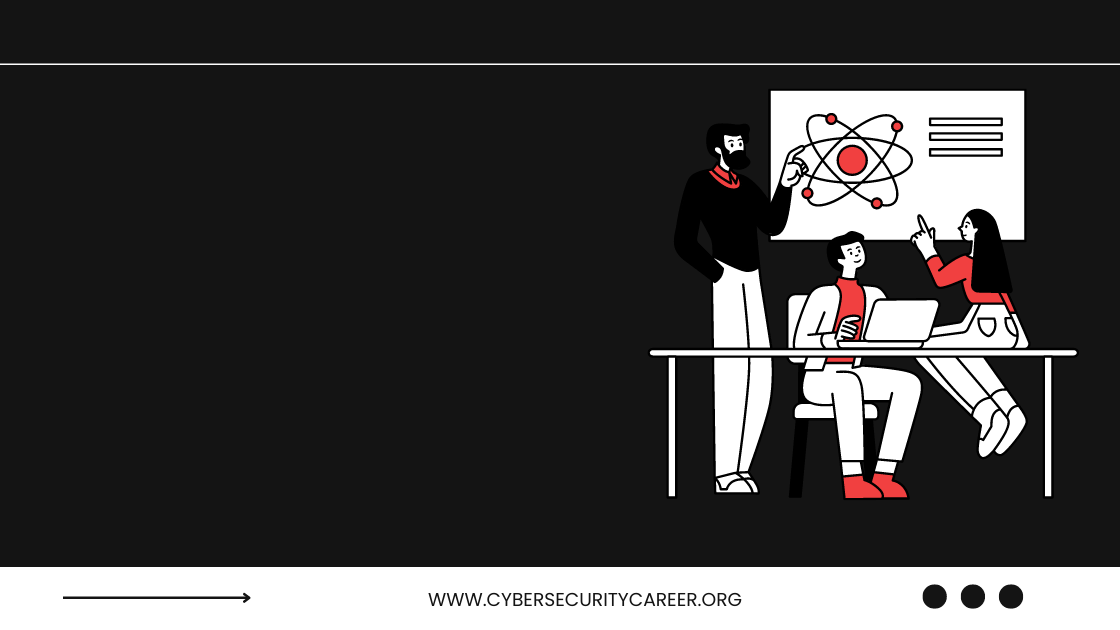Cyber security is a critical part of protecting business and individual data. It’s essential to have a governance plan in place that outlines how your organization will respond to cyberattacks. Failure to do so can lead to serious consequences, such as financial losses, data breaches, and even legal ramifications.
What is security governance?
Governance in cybersecurity refers to the overall process and systems that are in place to ensure the security of an organization’s digital assets and infrastructure. This includes establishing policies, procedures, and standards for how information is protected, identifying and mitigating threats, ensuring compliance with regulatory requirements, and monitoring and managing risk.
There are a number of different types of governance models that can be deployed in cybersecurity, including centralized, distributed, semi-centralized, and self-organizing. Each has its own advantages and disadvantages, so it’s important to choose the model that best suits your organization’s needs.
Centralized governance models involve a single point of control and authority over all aspects of cybersecurity. This type of model is typically used by large organizations with complex security structures and lots of resources available to implement robust controls. However, centralized governance models can be difficult to scale up or adapt when threats change or new technologies emerge.
Distributed governance models rely on a network of interconnected nodes to manage security resources and data. This type of model is popular among small businesses that don’t have the resources or need for a centralized system. However, distributed models can be less effective at detecting attacks early enough or tracking malicious actors across multiple sites.
Types of Cybersecurity Governance
Cybersecurity governance is the process of allocating resources, setting policies and procedures, and implementing actions to maintain situational awareness and protect systems and information from cyber threats. Cybersecurity governance can be divided into five types: operational, technical, management, legal, and policy.
Operational cybersecurity governance is responsible for ensuring that the organization’s networks are operational and that employees are following established protocols. Technical cybersecurity governance determines how devices are configured, monitored, and secured. Management cybersecurity governance ensures that the organization has a plan in place to manage cyber risk, assigns responsibilities and manages accountability. Legal cybersecurity governance includes understanding applicable laws and regulations related to cybersecurity, as well as appointing a lawyer to advise on cyber security issues. Policy cybersecurity governance establishes guidelines for acceptable behavior in cyberspace. Each type of cybersecurity governance has its own set of goals, objectives, and processes.
One of the most important aspects of cybersecurity governance is establishing an effective chain of communication between various parts of the organization. This allows for closer monitoring of activities and faster identification of problems. Cybersecurity teams should also have access to information about all systems within the organization so that they can quickly identify potential threats.
Principles of Cybersecurity Governance
Governance in cybersecurity is the process of assigning and managing responsibilities for managing an organization’s cyber security posture. Governance should be aligned with the organization’s risk management framework and should provide a framework for making decisions about cyber security policies and activities.
A good governance framework will include:
- – Cybersecurity risk assessment
- – Identification of critical assets and systems
- – Establishment of baseline cyber security controls
- – Authorization of activities related to critical assets and systems
- – Monitoring and evaluation of compliance with baseline cyber security controls
Implementation of Cybersecurity Governance
Cybersecurity governance is the process and system for governing the cybersecurity of an organization. It encompasses all aspects of organizational security, from risk management to incident response and prevention. Cybersecurity governance should be implemented at every level of an organization, from the board of directors to the individual employee.
There are several key elements of cybersecurity governance, including:
- Risk assessment: Identifying and assessing potential cyber threats and vulnerabilities.
- Organizational design: Ensuring that organizational structures and capabilities are in place to respond to incidents quickly and effectively.
- Incident response: Planning and executing the necessary steps to protect against, detect, and respond to incidents.
- Prevention: Implementing best practices and policies to reduce the likelihood of incidents happening in the first place.
What does a good approach to security governance look like?
This is a difficult question to answer, as governance in cyber security is a constantly evolving and complex problem. In this blog post, we will discuss some of the key considerations when designing or implementing a governance framework for cyber security.
First, it is important to understand the purpose of governance in cyber security. Governance can help to ensure that systems are properly configured and operated, that risk assessments are accurate, and that proper decision-making processes are in place.
Second, there are different types of cyber security governance frameworks. Some frameworks focus on overall system management, while others emphasize more specific areas such as information security or incident response. It is important to choose a framework that suits the needs of the organization and its employees.
Third, it is essential to have an effective communication and collaboration framework in place. A good governance system should allow for sharing of information between stakeholders, as well as cooperation during incidents.
Overall, a good approach to security governance involves thoughtful planning and constant evaluation.
Conclusion
Cyber security is a rapidly-growing field, and as such, there are a lot of different opinions out there about how it should be governed. Some people believe that the government should have a strong hand in regulating cyber security, while others feel that private companies should be responsible for protecting their customers’ data. Whichever opinion you hold, it’s important to understand the arguments behind each position so that you can make an informed decision.










Leave a Reply